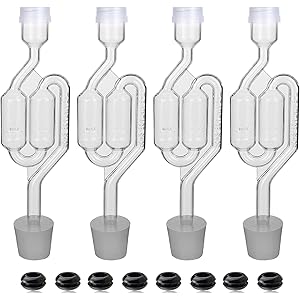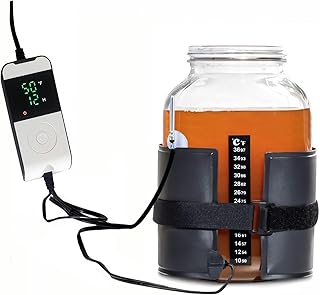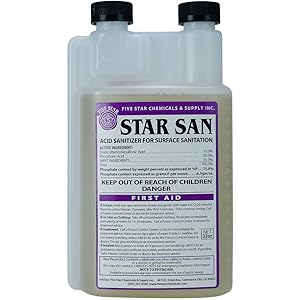Understanding Barleywine ABV
Barleywine is a strong ale that typically boasts a high alcohol by volume (ABV) content, often ranging from 8% to 12% or even higher. The ABV of barleywine is a crucial factor that influences its flavor profile, body, and overall drinking experience. This style of beer is known for its rich, malty sweetness, which is complemented by varying levels of hop bitterness, making the understanding of its ABV essential for both brewers and enthusiasts alike.
The Importance of ABV in Barleywine
The ABV in barleywine serves as an indicator of the beer’s strength and intensity. A higher ABV often correlates with a more robust flavor, allowing for complex tasting notes that can include caramel, toffee, dark fruits, and even hints of chocolate. Understanding the ABV helps consumers choose a barleywine that aligns with their taste preferences and drinking occasions, whether it be a casual gathering or a more formal tasting event.
Factors Influencing Barleywine ABV
Several factors contribute to the ABV of barleywine, including the type of malt used, the fermentation process, and the yeast strain. The use of highly fermentable sugars from specialty malts can lead to a higher alcohol content. Additionally, the fermentation temperature and duration can significantly impact the final ABV, as yeast activity plays a vital role in converting sugars into alcohol.
Types of Barleywine and Their ABV Variations
Barleywines can be categorized into two main types: American and English. American barleywines typically have a higher ABV, often exceeding 10%, and are characterized by their bold hop flavors. In contrast, English barleywines usually present a more balanced profile with a slightly lower ABV, generally ranging from 8% to 10%. Understanding these distinctions can help consumers select a barleywine that meets their expectations regarding strength and flavor.
How to Measure Barleywine ABV
Measuring the ABV of barleywine involves a simple calculation based on the original and final gravity readings taken during fermentation. The original gravity (OG) indicates the sugar content before fermentation, while the final gravity (FG) shows the sugar content after fermentation. The difference between these values, when applied to a specific formula, provides the ABV percentage, allowing brewers to accurately determine the strength of their barleywine.
Get more content like this!
Sign up to receive updates and new terms first hand.
Barleywine ABV and Food Pairing
The high ABV of barleywine makes it an excellent candidate for food pairings. Its rich flavors can complement a variety of dishes, from hearty meats to rich desserts. For instance, a barleywine with a higher ABV can pair beautifully with grilled meats, while a sweeter version may enhance the flavors of chocolate desserts. Understanding the ABV can guide consumers in selecting the right barleywine to elevate their dining experience.
Storing Barleywine with High ABV
Due to its elevated ABV, barleywine has a longer shelf life compared to many other beer styles. Proper storage is essential to maintain its quality over time. Barleywines should be stored upright in a cool, dark place, away from direct sunlight and temperature fluctuations. This allows the flavors to mature and develop, often resulting in a more complex and enjoyable drinking experience as the beer ages.
Barleywine ABV in Craft Beer Culture
In the craft beer community, barleywine holds a special place due to its historical significance and the artistry involved in its production. The high ABV is often celebrated as a badge of honor among brewers, who strive to create unique and flavorful interpretations of this classic style. As craft breweries continue to innovate, the exploration of barleywine ABV has become a focal point for both brewers and beer aficionados.
Exploring Barleywine ABV Trends
As consumer preferences evolve, so do the trends surrounding barleywine ABV. Many modern craft breweries are experimenting with extreme ABV levels, pushing the boundaries of what barleywine can be. This experimentation has led to a diverse range of offerings, from sessionable barleywines with lower ABV to bold, high-octane versions that challenge traditional perceptions. Keeping an eye on these trends can provide insights into the future of barleywine and its place in the craft beer landscape.




